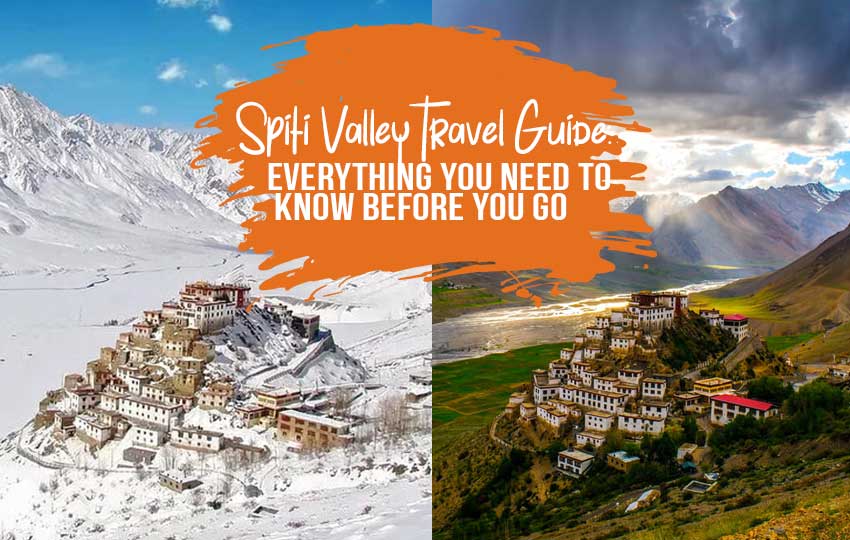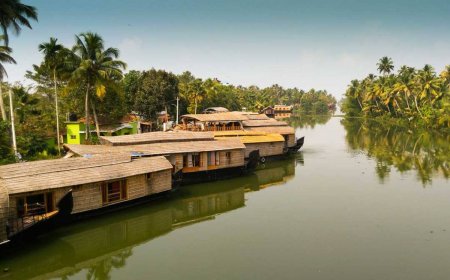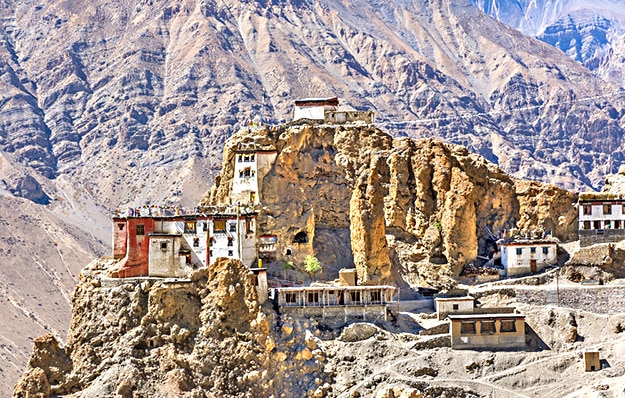Things to Know Before Visiting Spiti Valley
Still working on your route? Check out our spiti valley tour from Manali guide for insights into travel timing, permit info, and stops worth making.

Planning a trip to Spiti Valley is an adventure in itself. From navigating winding Himalayan roads to staying in traditional homes, every step of the journey is packed with surprises. But unlike popular tourist spots, Spiti demands preparation. Its remote terrain, high altitude, and unpredictable weather can catch unprepared travelers off guard.
To help you plan better, here are essential things to know before visiting Spiti Valley, especially if its your first time. Whether you're taking the spiti-valley-tour-from-manali route or coming via Shimla, these tips will make your journey safer, smoother, and unforgettable.
?? Best Time to Visit Spiti Valley
Spiti Valley is not a year-round destination. The most suitable time for tourists is from mid-May to mid-October.
-
June to September: Ideal for road trips, with both the Manali and Shimla routes open.
-
May & October: Less crowded, budget-friendly, but colder.
-
November to March: Harsh winters, roadblocks, and limited access.
If you want to see snow-capped mountains but still be mobile, aim for May or early June.
?? Route and Road Conditions
There are two primary ways to enter Spiti:
-
Shimla Kinnaur Spiti (Year-round, subject to snow)
-
Manali Rohtang Kunzum Kaza (June to October)
Most thrill-seekers prefer the spiti-valley-tour-from-manali for its dramatic climbs and quicker access, but its also more challenging. The Shimla route is longer but allows gradual acclimatization, which is better for altitude sickness prevention.
?? Kunzum Pass and Rohtang Pass are prone to sudden weather changes. Always check road status before departure.
? Altitude Sickness Is Real
Spitis average altitude is above 12,000 feet, and many travelers experience Acute Mountain Sickness (AMS) if not acclimatized.
-
Tips to Prevent AMS:
-
Stay a night in Kalpa, Tabo, or Nako before heading to Kaza.
-
Hydrate constantly.
-
Avoid alcohol and heavy meals initially.
-
Carry Diamox after consulting your doctor.
-
If youre taking the Manali route, do not rush to Kaza in one day. Spend a night in Keylong or Chandratal to adjust.
? Where to Stay: Hotels or Homestays?
Spiti offers a wide range of accommodationfrom rustic village homes to comfortable hotels.
-
For cultural immersion, book a homestay-in-spiti-valley. Youll eat local food, learn customs, and support the community.
-
In towns like Kaza, there are many hotels-in-kaza-spiti ranging from budget to mid-range comfort.
Booking in advance during peak season (JuneAugust) is recommended, especially in Kaza, Tabo, and Chandratal.
? Mobile Network and Internet
-
BSNL and Jio work best in Spiti.
-
Airtel and Vodafone signals are weak or nonexistent beyond Reckong Peo.
-
Kaza has slow Wi-Fi in cafs and hotels, but dont expect high-speed internet.
Pro tip: Download offline maps and hotel contact info before leaving Manali or Shimla.
? Fuel and ATMs: Plan Wisely
-
Fuel: The only reliable petrol pump in Spiti is at Kaza. Top up in Manali or Reckong Peo before entering Spiti.
-
ATMs: Available in Kaza and Tabo, but cash often runs out. Carry enough cashmost places dont accept cards or UPI.
? Food and Water
-
Local food includes thukpa, momos, butter tea, and barley bread.
-
Stick to boiled or bottled water.
-
Homestay-in-spiti-valley hosts usually offer homemade meals that are filling and safe.
If youre vegetarian, youll find plenty of food options. Non-vegetarians might get limited choices in remote villages.
? What to Pack
Spitis weather changes quicklyeven in summer, nights are cold. Essentials include:
-
Thermal layers and windproof jackets
-
Sunscreen and sunglasses (UV is strong at altitude)
-
Power bank and spare batteries (limited charging in homestays)
-
Water bottles, snacks, and first-aid
-
Government-issued ID and passport-size photos for permits
Tip: Carry a few extra passport-sized photos and photocopies of your IDthey help while checking into hotels or applying for permits.
? Respect the Culture and Environment
Spiti is a sensitive ecosystem with a strong Buddhist influence. While visiting:
-
Dress modestly, especially near monasteries.
-
Dont litter. Carry your trash back with you.
-
Ask before taking photos of locals or religious rituals.
-
Stay quiet in monasteries and prayer rooms.
Responsible tourism helps preserve Spitis charm for future visitors.
? Final Travel Tips
-
Travel Insurance: Consider insurance that covers high-altitude sickness and evacuation.
-
Permits: Indian nationals dont need permits, but foreigners require an Inner Line Permit for areas near the Tibet border.
-
Weather Updates: Always check the weather forecast before traveling to or from Spiti.
Final Thoughts
Spiti Valley isnt just a destinationits a mindset. Remote, raw, and beautiful, it asks you to slow down, disconnect, and appreciate life differently. But to enjoy its magic safely, preparation is key. Knowing when to go, how to acclimatize, and where to staysuch as a cozy homestay-in-spiti-valley or well-rated hotels-in-kaza-spitican make all the difference.

































